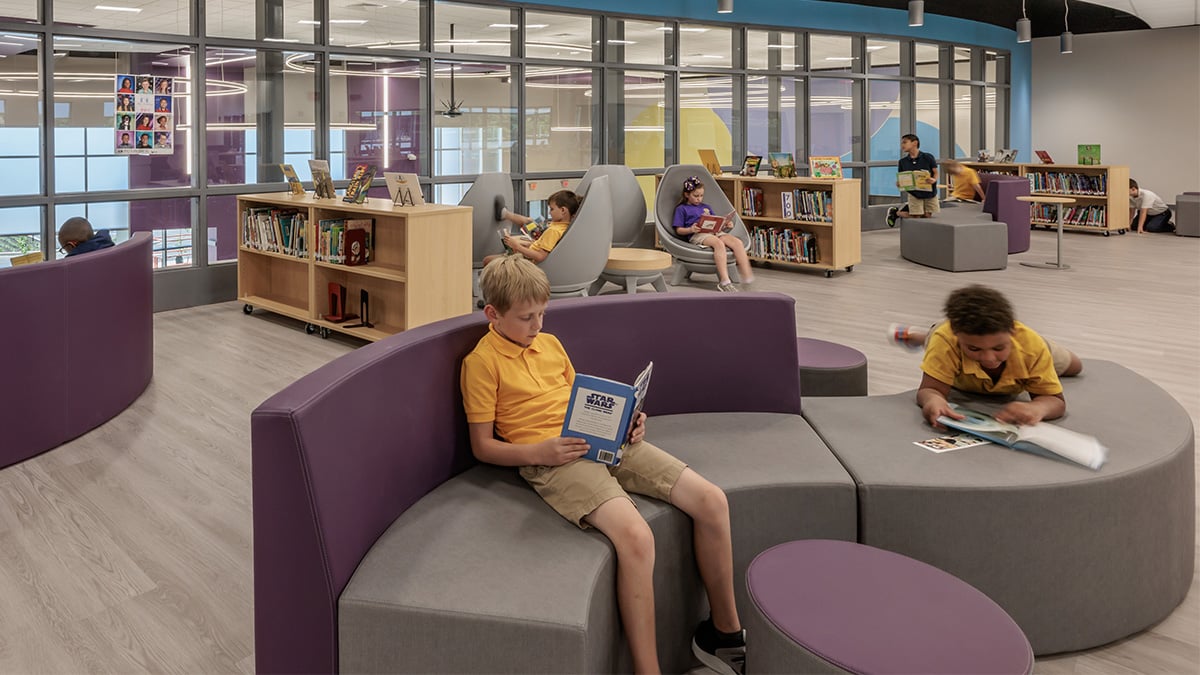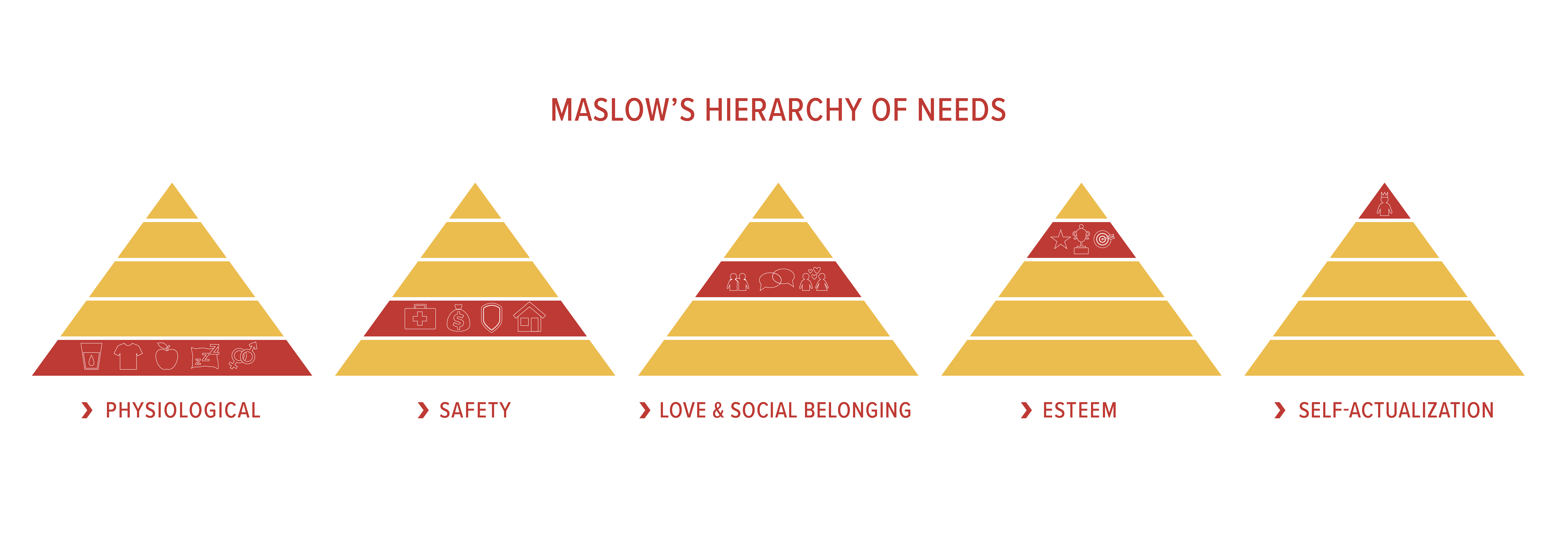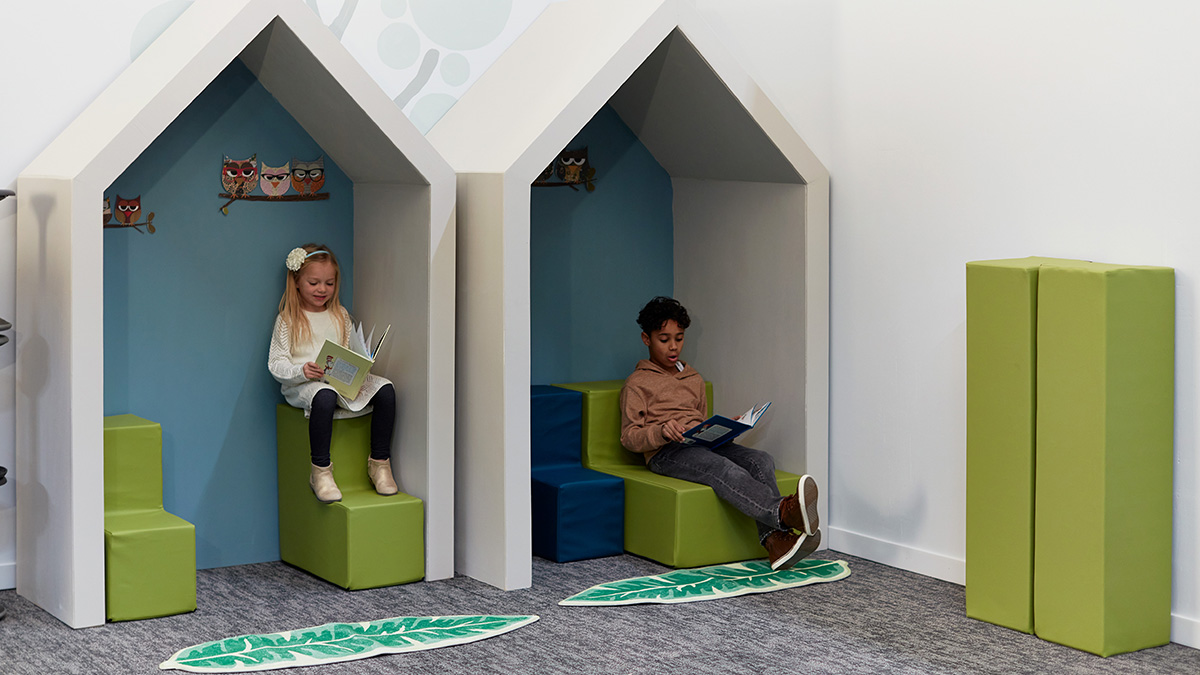How Adaptive Environments Fuel Learning and Connection

Authentic and adaptive learning spaces for young students support the process of cognitive development by way of fun, playful, comfortable environments that feel like home.
Think about the last time you were obsessed with knowing more about something.
Maybe an unsolved mystery documentary or a journalistic exposé leaves you wanting more. Maybe you’re hooked on beating a seemingly impossible level of a video game. Or you can’t sleep until you produce the perfect loaf of sourdough bread.
The next thing you know, you’re down a rabbit hole: watching YouTube videos in bed, listening to podcasts while you clean or cook, scouring internet forums or ordering books from the comfort of your couch. You’re engaging your roommate, your partner or your teenager at the dinner table, eagerly telling them every riveting detail.
Authentic learning is varied, passionate, both individual and social. In the following insights, we discuss how adaptive environments help support the diversity and agency that fuels learning in all its forms.
Adaptive Spaces Feel Like Home
When kids are at home, they naturally find all sorts of places to play, connect, rest and recharge. They might go from building a Lego® structure at the kitchen island to hanging out with their siblings in the playroom within minutes. Maybe they take an afternoon nap in a cushioned window seat or watch their favorite show from the comfort of a pillow enclave on the floor.
Often characterized by mobility and variety of spaces, adaptive learning environments give students the freedom to choose where and how to conduct their learning, just like they do in their own homes. This can help students feel more secure, comfortable and engaged in the classroom, which studies find increases their self-esteem and motivation to learn.
Adaptive Spaces Support Development
The concept of Maslow’s hierarchy of needs dictates that we must meet our basic physical needs before we can tackle loftier psychological and self-fulfillment ones. The choices provided by adaptive environments help students achieve physical comfort in their learning space, rather than spending hours at the same desk for days, weeks and months on end.
In this way, physical comfort allows students to unlock connection, whether with oneself, their peers or their learning material. This connection helps students meet their need for belonging, the third tier on Maslow’s hierarchy. According to experts, students choose to be in environments that make them feel as though they “fit” there, as though they belong.
Given the variety they offer, adaptive learning environments also support the different ways students think. The multiple intelligences theory of psychology holds that there are eight types of intelligence:
- visual-spatial
- linguistic-verbal
- logical-mathematical
- bodily-kinesthetic
- musical
- naturalistic or the capacity to make connections to elements of nature
- interpersonal
- intrapersonal or the capacity for self-reflection
Students with an aptitude for logical-mathematical or bodily-kinesthetic intelligence might thrive when a learning environment includes spaces for hands-on experiments akin to a science lab. Meanwhile, those with the gift of intrapersonal intelligence might value quiet nooks or fort-like spaces where they can sit and contemplate. The list goes on!
Adaptive Spaces Offer Fun for All Ages
When we’re young, we learn through doing and experiencing. The pure act of play is chock-full of learning moments. The scrape on our knee teaches us to not jump from the tallest monkey bars. The smile on a classmate’s face after handing them a bouncy ball teaches us the value of sharing.
As we age, school becomes more rigid and less focused on organic learning. We reinforce and retain information by taking copious notes during a history lecture or completing assigned reading and taking a comprehension quiz.
Adaptive learning environments are valuable for learners of all ages because they can bring us back to the joy of experiential learning that comes naturally to us as young kids. A playroom for a first grader can become a makerspace for a sixth grader; an entrepreneurship lab for a 10th grader; a studio or workshop space for an adult.
The Path to a Paradigm Shift
Henry Ford once said, “If I had asked people what they wanted, they would have said faster horses.” Fortunately for us all, he didn't stop there!
Similarly, the process of envisioning and creating adaptive spaces can push you to discover new learning tools you haven’t even considered before. It inspires you to reimagine a chair as something else entirely, like a lily pad.
Our team at KI is looking forward to launching a new product line, called Imaginasium, inspired by the imagination of the littlest learners among us and how they engage with their environment. We’re eager to share more about the concept and observational research behind the design. Keep an eye out for this exciting solution for adaptive learning spaces in the coming weeks!
Subscribe
Stay up to date with the latest trends and more.




